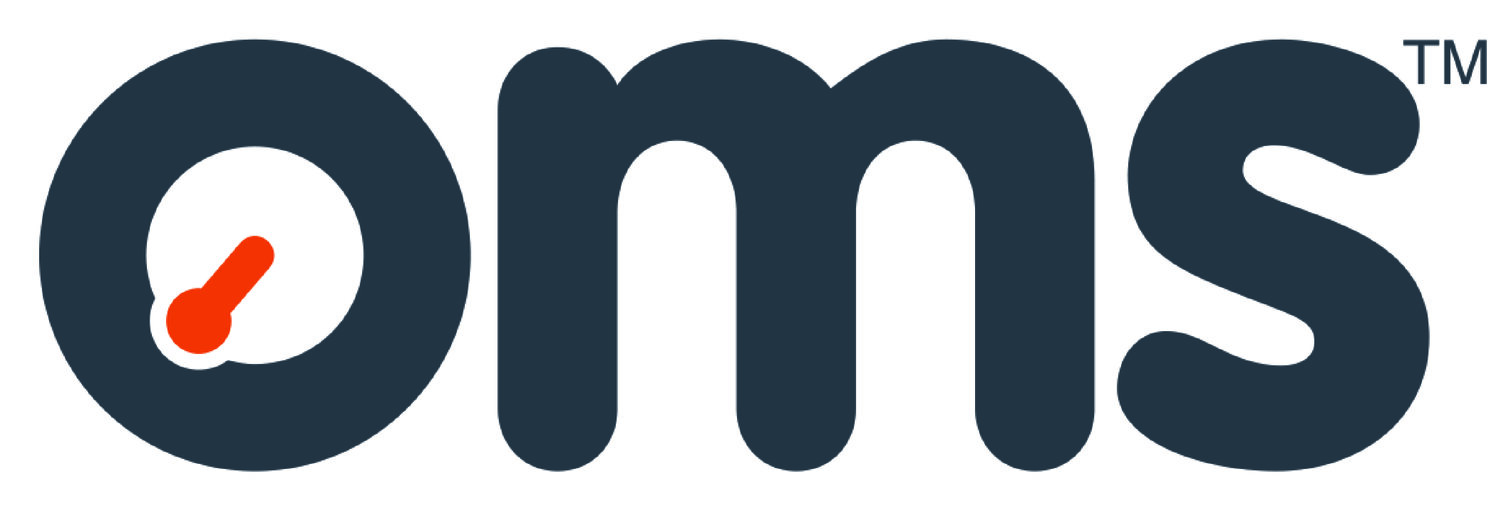OMS wins third Queen's Award for Innovation
Exceptional third award for pioneering pipeline technology specialist
Optical Metrology Services Ltd (OMS) is delighted to announce that we have won a 2020 Queen’s Award for Enterprise in the Innovation category. This is the third time OMS has won a Queen’s Award, one of the most prestigious for UK businesses, having previously achieved the accolade in 2007 and 2014. The Queen’s Awards for Enterprise are awarded to businesses for outstanding achievement in four categories – international trade, sustainable development, innovation and promoting opportunity. Very few businesses have won a Queen’s Award – only 7,000 since the awards began in 1966. To win three Queen’s Awards is an exceptional achievement.
AUGA.node
OMS has won the award for its latest weld inspection system, used in the oil and gas industry to inspect the quality of welds before pipeline is laid. Our technology is the latest iteration in a decade-long series of innovative weld inspection products and services. It was developed, listening and understanding our client needs, and is now responsible for 80% of OMS company income.
Weld inspection is a vital stage in the laying of oil and gas pipelines because welds must adhere to strict criteria before they are passed for use. Failed pipeline welds cause project delays, increased costs and can result in far more significant consequences such as environmental disaster.
The OMS pipe weld inspection system can drive itself to a weld up to 1km away, inspect it and send the resulting information to the cloud to be interrogated or stored anywhere in the world. Our AUGA.node system drives itself into location, adapting to variations in pipe size and shape, then uses a combination of 3D and visual inspection technology. Our sophisticated software analysis provides a detailed picture of a weld, rapidly highlighting any potential problem areas that may affect weld quality. The technology operates in challenging offshore environments, inspecting pipes that may have multiple 90° bends and elbows. It assesses welds in 30 seconds or less, providing more than 70 images and 2,000 laser scans for analysis and interpretation and allowing pipeline inspectors to make crucial decisions rapidly.
Oil and gas clients save money using the OMS system because defective welds are spotted before pipeline is laid, avoiding time-consuming cut-outs aboard pipe-lay vessels, which cost approximately $500,000 per day to operate. By making sure all welds conform to specifications in every way possible, pipeline integrity and lifetime is improved and the risk of environmental damage reduced.
Tim Clarke, OMS CEO, said, “Our third 2020 Queen’s Award is the culmination of a ten-year period of development in our weld inspection service and demonstrates the value of placing innovation at the heart of our business. Our development process involves thinking ahead to work out what our clients may need – sometimes before they know it themselves. I am immensely proud of everyone in the team whose hard work and creative thinking has built the award-winning system that has underpinned our business success. We intend to carry on innovating – and hope to win a fourth Queen’s Award one day as we continue to innovate.”
Paul Eagle, OMS Sales Director, said, “The innovation at OMS is outstanding and underpins our sales strategy to work closely with our clients to drive even more efficiencies by aligning our technology to their needs. This continued innovation has enabled us to work with several new clients, and we have recently won our first major project scanning critical welds within the nuclear sector. It is truly exciting to work with a team that continues to deliver superb innovation and the agility to provide solutions that add value and the results that our clients desire.”
If you would like to find out more about our pioneering weld inspection system please contact us here or call us on 01279 656038
Find this article useful? Sign up for more here!
Posted 21.04.2020
[5 minute read]
By Tim Clarke


